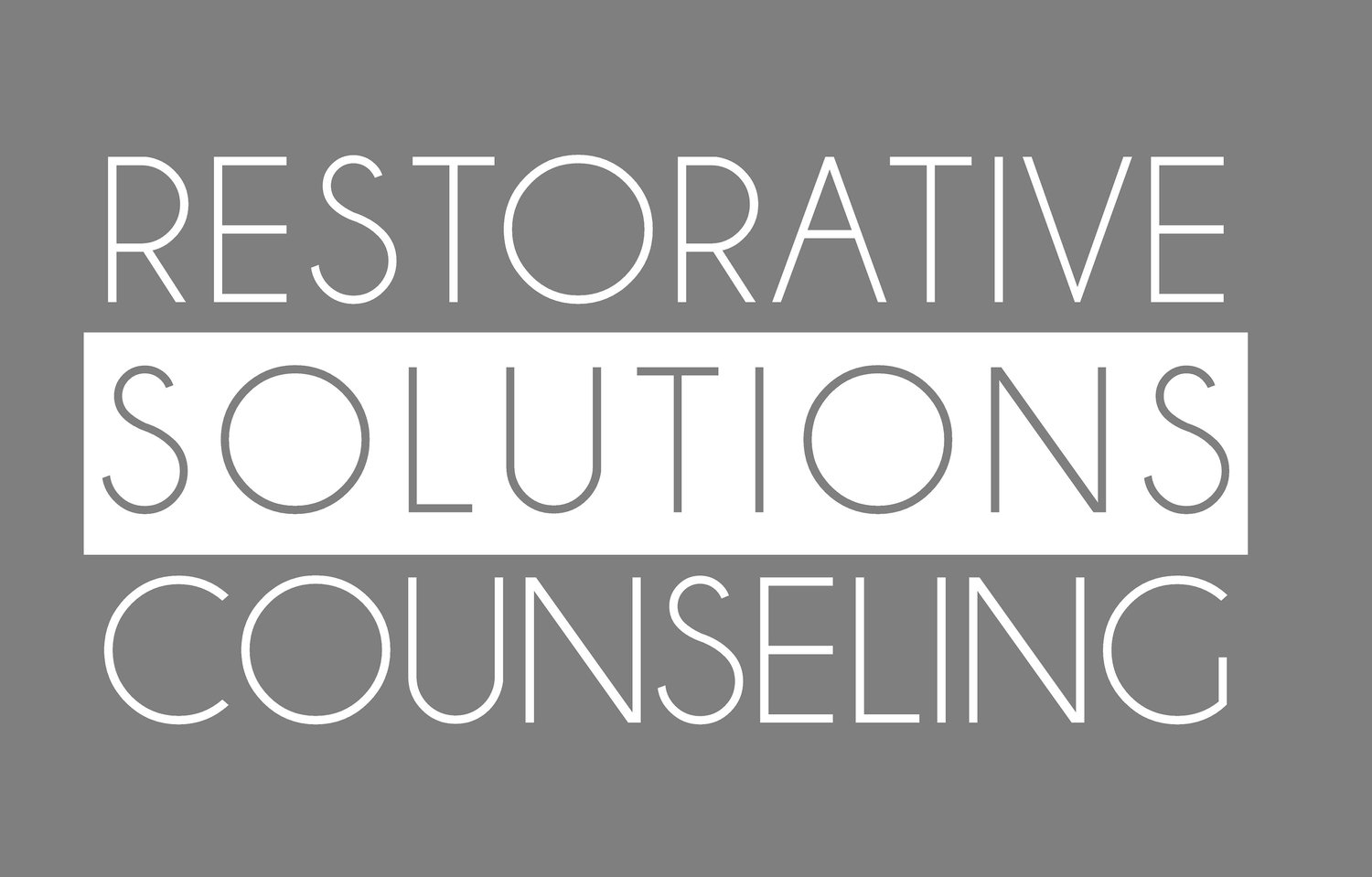Today I wanted to revisit a topic that I reference frequently in these blogs: mindfulness. I think that most people have heard of mindfulness, but many others look at me strangely when I bring it up. Mindfulness is definitely associated with meditation, and for good reason; some of the practices are exactly that. However, when people hear meditation, some think of a religious practice or hippies. Mindfulness is simply a specific focus on something happening in the present, and I promise it can be done regardless of your beliefs or the length of your hair.
Mindfulness is not new. In fact, it is a very old practice. However, modern research shows that there are a lot of benefits to practicing mindfulness. It has been shown to help people with ADHD to improve concentration and reduce the frequency and intensity of their emotional reactions. It has been shown to reduce levels of the stress hormone, cortisol, in our blood stream. For people who have experienced trauma and have an easily reactive fight or flight response, mindfulness is shown to help strengthen their ability to regulate themselves and calm their bodies. According to the Mayo Clinic, mindfulness** can lower:
Stress
Anxiety
Pain
Depression
Insomnia
High blood pressure
Symptoms of asthma and fibromyalgia
Feelings of burnout
It can improve**:
Attention
Sleep
(Interestingly) Control of diabetes
Mindfulness practice teaches us how to notice what is going on inside of us without judging whether it is good or bad. I’ve stated frequently that our emotions are neither good nor bad, they just are. Attempting to fight or suppress our feelings isn’t effective, and it tends to create all kinds of problems. When we practice mindfulness, we can learn to sit with our feelings and emotions, which can lead to acceptance. Counterintuitively, leaning into the emotions that one is trying to avoid is actually what helps relieve the distress that they feel.
I often describe mindfulness as an exercise for your brain. Though it is calming, the best effects of mindfulness come from regular practice, not just the temporary benefits of regulating oneself when we feel out of control. Just like strength training works over time with regular, repetitive actions, mindfulness is most helpful when done this way too.
Here’s the thing, it doesn’t have to be something that takes up a large portion of your day. In an article from the Cleveland Clinic, it is recommended* to start with daily 1-minute mindfulness practices. They suggest taking 5 slow deep breaths, while placing your attention on the movement of the breath (the air going in and out of your nose, the rise and fall of your shoulders, the expansion and contraction of your chest, or the movement of your belly). After you’ve done this 5 times, pause and then do 5 more breaths. That should take approximately a minute. The article also recommends a lot of different activities that can be done mindfully, but as I looked at the list, it was a series of hobbies. Whatever you do for enjoyment, just be present.
Other recommendations** for mindfulness practices:
Pay attention, using your senses (sight, hearing, touch, smell, taste)
Bring yourself fully into the present moment
Make an effort to accept yourself without judgment of good or bad
Scan your body slowly and methodically from head to toe or vice versa
Sit with your eyes closed and take note of what you feel in your body
Go for a walk while noticing the sensations you feel (the sun on your face, the smell of the air, the things you see, the feel of your feet touching and leaving the pavement, etc)
One last thing: you’re going to get distracted while you practice mindfulness. This is normal, and it happens. When you notice that your focus has drifted to a distracting noise or thought, just gently pull your attention back to what you want to focus on. I once heard that the people who are bad at mindfulness get the best impact from mindfulness. The act of bringing your attention back from the distraction, to the thing you have decided to focus on, is where we really flex our mindful muscles. The Cleveland Clinic article* put it perfectly, saying that sometimes you may feel like you’ve been so distracted that you weren’t actually being mindful. That’s ok–it’s all about the practice.
